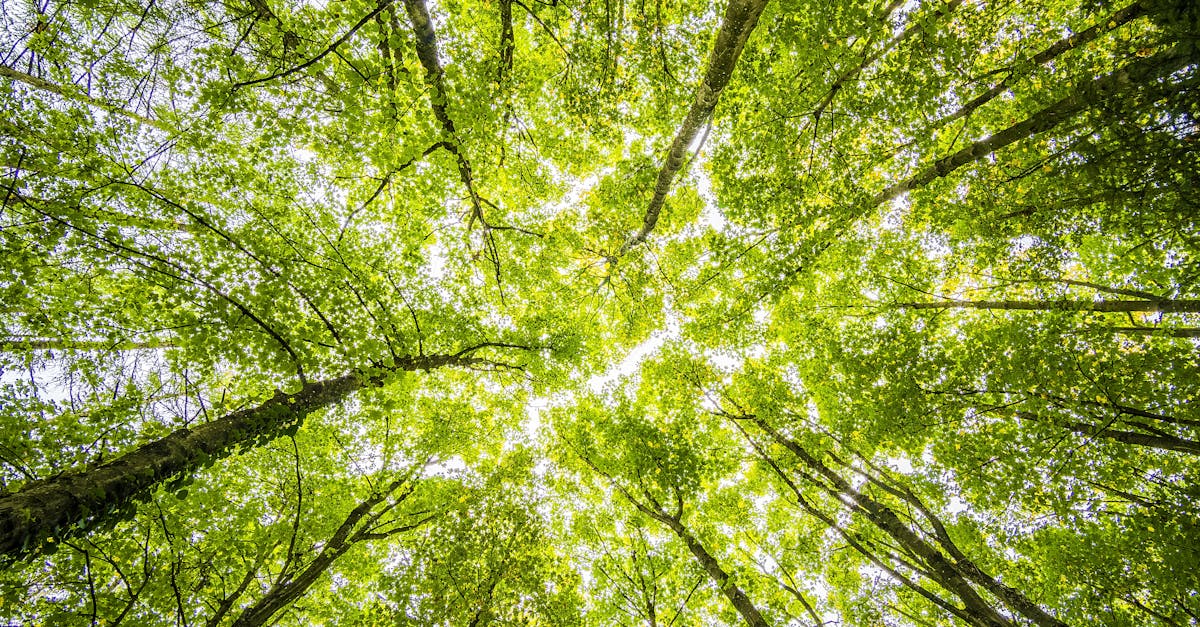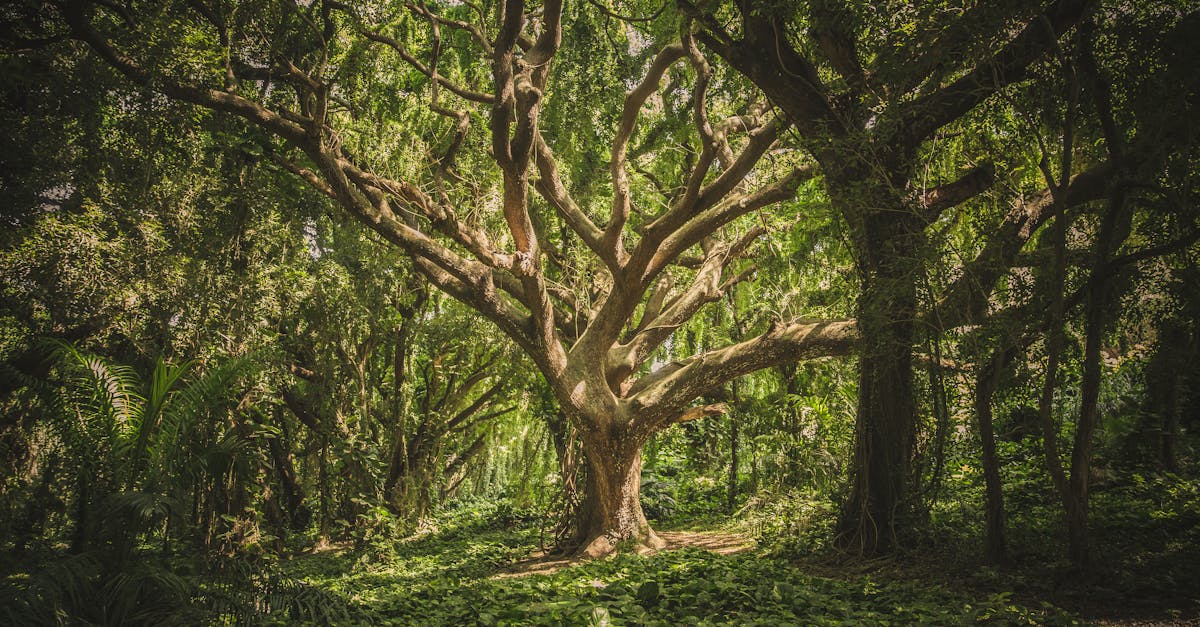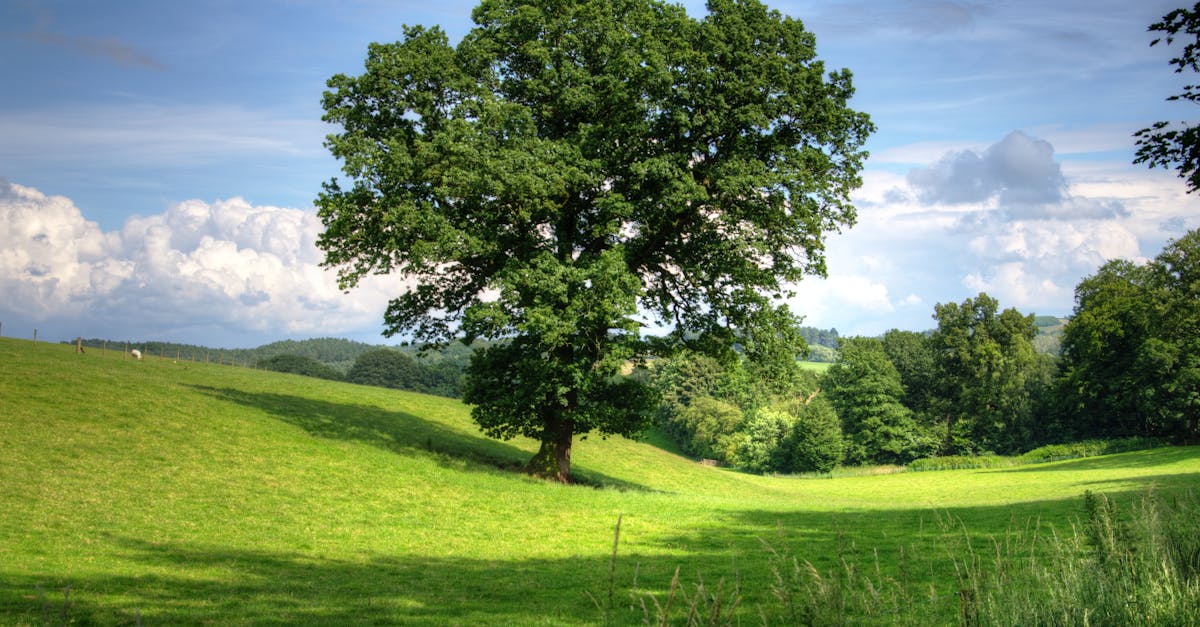
Environmental Impact of Stump Grinding
Stump grinding is a common solution for removing the leftover stump after a tree has been cut down. However, it is important to consider the environmental impact of this method. Stump Grinding in urban areas might not have a significant impact on the environment due to the pre-existing disturbance. Nevertheless, in more natural settings, stump grinding can disturb the soil composition and microbial activity, affecting the ecosystem's balance.
Moreover, Stump Grinding in sensitive areas could lead to erosion issues, particularly on slopes where trees were originally rooted. The removal of the stump can destabilize the soil, making it more susceptible to erosion by water or wind. This disruption to the soil structure can have cascading effects on the surrounding vegetation and wildlife.
Erosion Control
Erosion control is a critical aspect to consider when deciding whether to grind a stump on your property. Stump grinding can significantly help prevent erosion issues that may arise due to the exposed stump. Without proper erosion control measures, rainwater can wash away soil, leading to unwanted land degradation and landscape changes. Stump grinding in such scenarios can effectively mitigate erosion by removing the obstacle that disrupts the natural flow of water and soil retention.
Moreover, the elimination of a stump through grinding facilitates better soil stabilization, which is essential for preventing erosion. By leveling the surface post-grinding, the risk of soil displacement due to runoff is reduced. This not only ensures the preservation of the landscape's integrity but also contributes to a more secure environment for plant growth and overall soil health. Stump grinding in erosion-prone areas can thus be a proactive and beneficial solution to maintain the stability and functionality of your property.
Alternative Solutions to Stump Grinding
Alternative solutions to stump grinding exist for those who prefer a more natural approach to the removal of tree stumps. One common method is allowing the stump to decompose on its own over time. This process, although slower than stump grinding in eliminating the stump, is often favored for its minimal impact on the environment and the ecosystem of the area.
Another option for those looking to avoid stump grinding in their yard is to promote natural decomposition by covering the stump with soil, mulch, or other organic materials. By creating an environment conducive to decay, the stump will slowly break down and return nutrients to the soil over time. While this method may take longer to fully remove the stump compared to traditional stump grinding, it is a more environmentally friendly approach favored by many conservation-minded individuals.
Natural Decomposition
Natural decomposition is a slow process that occurs over several years as the stump gradually breaks down and returns nutrients to the soil. This method is a more passive approach compared to stump grinding, but it is a natural and environmentally friendly way to rid your landscape of unsightly stumps. While natural decomposition does not provide the immediate removal that stump grinding does, it is a cost-effective solution for those who are not in a hurry to eliminate the stump.
Stump grinding in combination with natural decomposition can be a comprehensive approach to managing stumps on your property. By first grinding the stump to below ground level, you can expedite the decomposition process significantly. This combination allows for the aesthetics of the landscape to be promptly restored while still harnessing the benefits of natural decay over time.
Stump Grinding Process Explained
Stump grinding is a process used to remove tree stumps after a tree has been cut down. This technique involves using a mechanical grinder to chip away at the stump, reducing it to wood chips and sawdust. Stump grinding is a popular method because it is effective in getting rid of stumps without requiring extensive manual labor.
Stump grinding in residential areas is typically done with smaller, more maneuverable machines that can fit through backyard gates and tight spaces. The process involves grinding the stump down to below ground level, usually around 6 to 12 inches deep. Additionally, stump grinding also includes root removal to prevent any regrowth and to ensure a smooth finish on the ground surface.
Root Removal
Root removal is a crucial step in the stump grinding process. When grinding a stump, it's essential to ensure that the roots are adequately removed to prevent any potential regrowth. The main goal during root removal in stump grinding is to extract as much of the root system as possible to prevent sprouting of new shoots in the future.
Stump Grinding in root removal involves using specialized equipment to grind away the roots from the stump base. By effectively eliminating the roots, it helps in avoiding any future problems related to regrowth or damage caused by decaying roots. This step is vital in ensuring a thorough and complete removal of the stump and its root system.
FAQS
What is stump grinding?
Stump grinding is a process that involves using a machine to shred and remove a tree stump from the ground.
Is stump grinding environmentally friendly?
Stump grinding can be considered environmentally friendly as it allows for the remaining wood chips to be used as mulch, promoting natural decomposition.
How does stump grinding help with erosion control?
By removing the stump, stump grinding helps prevent soil erosion that can be caused by the decaying stump.
What are some alternative solutions to stump grinding?
Natural decomposition is an alternative solution to stump grinding, where the stump is left to decay slowly over time.
How does the stump grinding process work?
The stump grinding process involves grinding the stump down below ground level, along with the removal of the roots to prevent regrowth.


